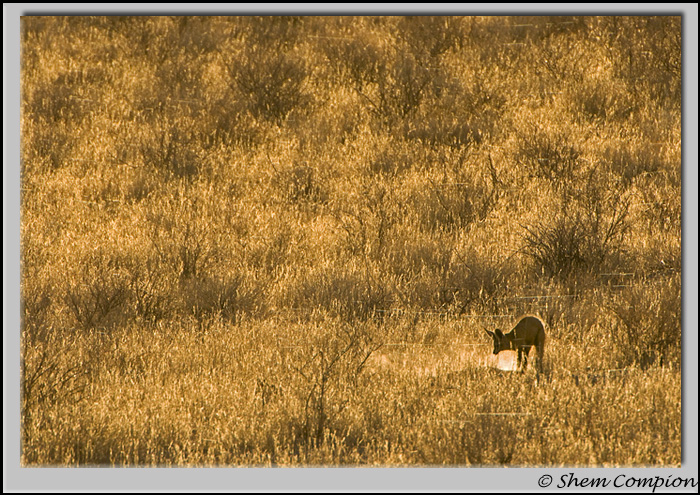Style. The word has many meanings. To some it is the type and manner in which you wear your clothes. A snowboarder either has a good riding style or a bad one. In sports, style is even judged in competitions- surfers are judged, amongst other attributes, on the style in which they ride a wave.
In the sports, style usually comes with time. A more natural feel for what the person is doing and in doing so, the body naturally relaxes and “style” improves.
Style can also be a reflection of the times. Artistic styles have come and gone. A certain style that is en vogue this century certainly will have changed by the next.
There are even management and business styles. Remember the bold coloured ties of the 80’s- yes that was a style- and they were supposed to represent assertiveness… That is just an example of a management style mixed with bad fashion sense- but there have been and are many different styles in which businesses are run.

Basically, the style of photography has many forms and guises. In nature photography, there are very distinct styles that vary according to geography. The Americas, the UK, the Scandinavian countries and east and southern Africa all have very distinct and varying styles. You may ask how is this possible- surely there is some overlapping. Well no. They really are different and if you want to improve your photography, then studying the different photographic styles from each region will be of great help. Being one who practises what he preaches, I have lately been really intrigued by the style of the Scandinavian photographers. The intimacy that they get in an image as well as the strong use of composition has had me studying their images late into the night. But what has really kept me in front of the computer in those late hours is their use of light. Perhaps it is their lack of light up there in the north, but when they get good light, they sure know how to manipulate it to their advantage.
Back to this months photo essay; this last week I was in one of South Africa’s jewels- the Kgalagadi Transfrontier Park (see here for more info on a Photo Workshop with C4 Images & Safaris to KTP) with camera, naturally, in hand.
Early one morning, on the far side of the riverbed, some backlit dust caught my eye. The scene of this bat eared fox scratching for insects against the backlit grass and spider webs was immediately apparent. Yet I was about 150m away and I couldn’t fill the frame at all, so it had to be the environmental image.
At first it was a difficult image to work, but the more I framed it with the camera, the more I liked this image, so I took a good few different compositions. Driving on I pondered sighting and how it had appealed to me the more I studied it. It then dawned on me: I had read the situation completely differently to how I usually take images. I thought back to how I would have reacted to this scene 4 years ago. I concluded that I would have most probably just watched this scene in my binocs and not taken a photo at all.
Then the realisation: My style had developed and changed. I now see photo opportunities in a different light (excuse the old pun) to those a few years ago. As with anything, development has to happen, as well as change.
I suppose it’s a development of style and any person in any profession has to continually stay ahead of the pack if they want to be on top of the game. As long as my style doesn’t represent those ties of the 80’s, then I’m happy it’s developing and changing…
Enjoy!
For more info on going on a Photo workshop to improve your photography, visit C4 Images & Safaris.
Exposure Information:
Nikon D300 - 200-400mm lens and 1,4 converter
Exposure – f 7.1 Shutter Speed: 1/1000sec
Exp. Comp. - 0. EV
ISO - 400
Flash sync– not attached, Exposure mode– Aperture priority, Metering Mode– centre
File type– NEF (RAW)
Focal length: 550 mm (820mm 35mm Equivalent)
Beanbag from vehicle
This article first appeared on shemimages.com

No comments:
Post a Comment